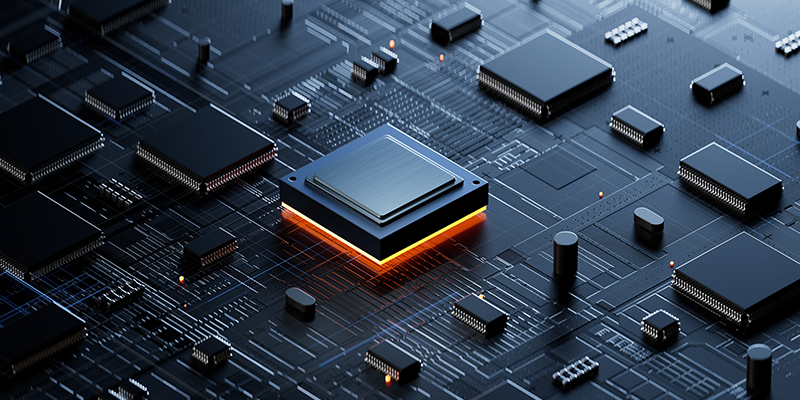BLOG
- Home
- Blog
- Technology
- Small Component, Big Impact: How Relays Support Modern Automation Systems
Small Component, Big Impact: How Relays Support Modern Automation Systems
April 10,2024

Although a relay is just a small component in an automation system, it plays a key role in industrial control, smart manufacturing, and energy management. This article will dive into the principles, types, and applications of relays, and analyze their importance in modern automation.
What is a Relay?
A relay is an electrically operated switch that uses a small current to control a high-current circuit. Its main function is to isolate the control circuit from the load circuit, ensuring system safety and improving control efficiency.
In modern automation, although relays are small components, they determine whether the entire system can operate stably and reliably.
Main Types of Relays
Electromechanical Relay (EMR)
- Principle: Uses an electromagnetic coil to drive contact switches.
- Advantages: Low cost, capable of carrying high current.
- Disadvantages: Contacts wear out, limited lifespan.
Solid State Relay (SSR)
- Principle: Uses semiconductor components to control conduction and disconnection.
- Advantages: No mechanical wear, long lifespan, silent, fast switching.
- Disadvantages: Higher cost, requires heat dissipation design.
Other Common Relays
- Time Relay: Delays operation, commonly used in motor control.
- Protective Relay: Detects abnormal current or voltage, used for power system protection.
- Intermediate Relay: Serves as a signal conversion or logic control intermediary.
Why are Relays “Small Parts with Big Impact”?
Although a relay seems insignificant, it can:- Determine the reliability of automation systems
- Influence production efficiency and energy utilization
- Protect personnel and equipment safety

